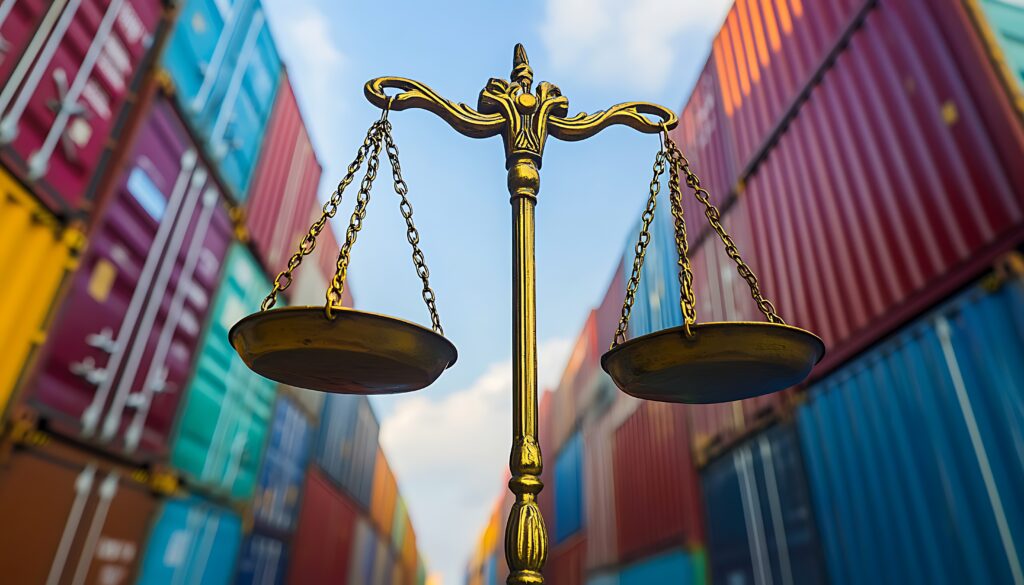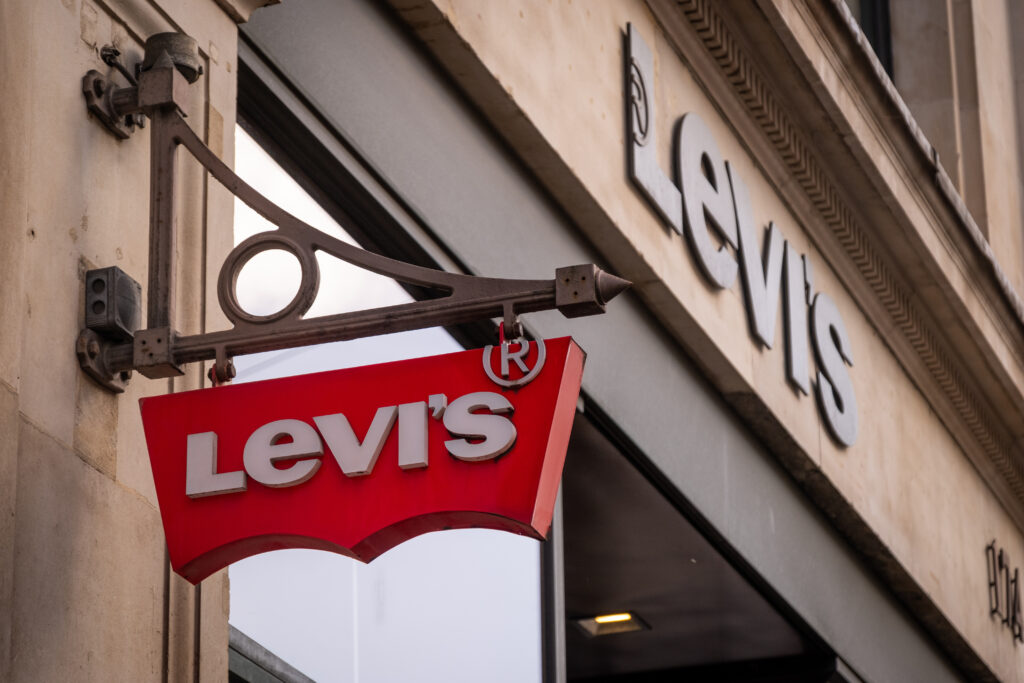Is Brazil the Best Country to Manufacture Your Shoe Line?

When it comes to producing footwear, Brazil stands out as a top contender in Latin America and a rising competitor to manufacturing giants like Vietnam and China. For brands seeking quality, sustainability, and strategic advantages, Brazil offers a compelling case for manufacturing your shoe line closer to home. Here are the key reasons why Brazil is a leader in Latin American footwear production and how it competes globally.
1. History & Experience
Brazil boasts a long history of shoe manufacturing, ranking among the top global producers of footwear. The country is known for its craftsmanship and innovation, particularly in leather goods. Brazilian factories are skilled in producing a wide range of footwear—from high-end luxury leather shoes to cost-effective casual options.
2. Source Material Locally
Brazil is one of the world’s largest producers of leather, giving its footwear industry a significant edge in terms of material availability and quality. This local resource access reduces supply chain complexities and ensures consistency in production. In recent years, many Brazilian manufacturers have started to prioritize sustainable practices, including eco-friendly tanning and waste reduction, meeting a growing consumer demand for sustainable products.
3. Geographic Production Advantage
For brands selling in North America or Europe, Brazil offers a geographical advantage compared to other manufacturing hubs. Shipping times from Brazil are considerably shorter, reducing lead times and allowing brands to react more quickly to market trends. This proximity can also mean lower shipping costs and a reduced carbon footprint.
4. Trade Agreements
Brazil benefits from trade agreements within Latin America and with other global markets. These agreements help reduce tariffs and make Brazilian-made products more competitive in international markets. Additionally, the Brazilian government supports the footwear industry through initiatives that promote export growth and manufacturing innovation.
5. Competition with Vietnam and China
While China and Vietnam dominate global footwear production, Brazil’s unique strengths make it a viable alternative:
- Cost Efficiency: Labor costs in Brazil are competitive, especially when considering the shorter shipping times and lower tariffs compared to Asian suppliers.
- Quality Assurance: Brazilian manufacturers focus heavily on quality, often surpassing the standards of mass-produced shoes from China or Vietnam.
- Sustainability: Brazil’s emphasis on eco-friendly production processes gives it an edge in markets where sustainability is a priority.
Why Consider Brazil for Your Next Shoe Line?
Brazil’s combination of expertise, resource availability, and strategic location makes it the best choice in Latin America for manufacturing your shoe line. For brands looking to nearshore their operations, reduce risks, and align with sustainable practices, Brazil is an attractive option. As global sourcing landscapes evolve, Brazil is well-positioned to rival the dominance of Vietnam and China in the footwear industry.
Ready to explore what Brazil’s factories have to offer? Connect with vetted manufacturers in Brazil and discover how nearshoring can give your brand a competitive edge.
More blogs


